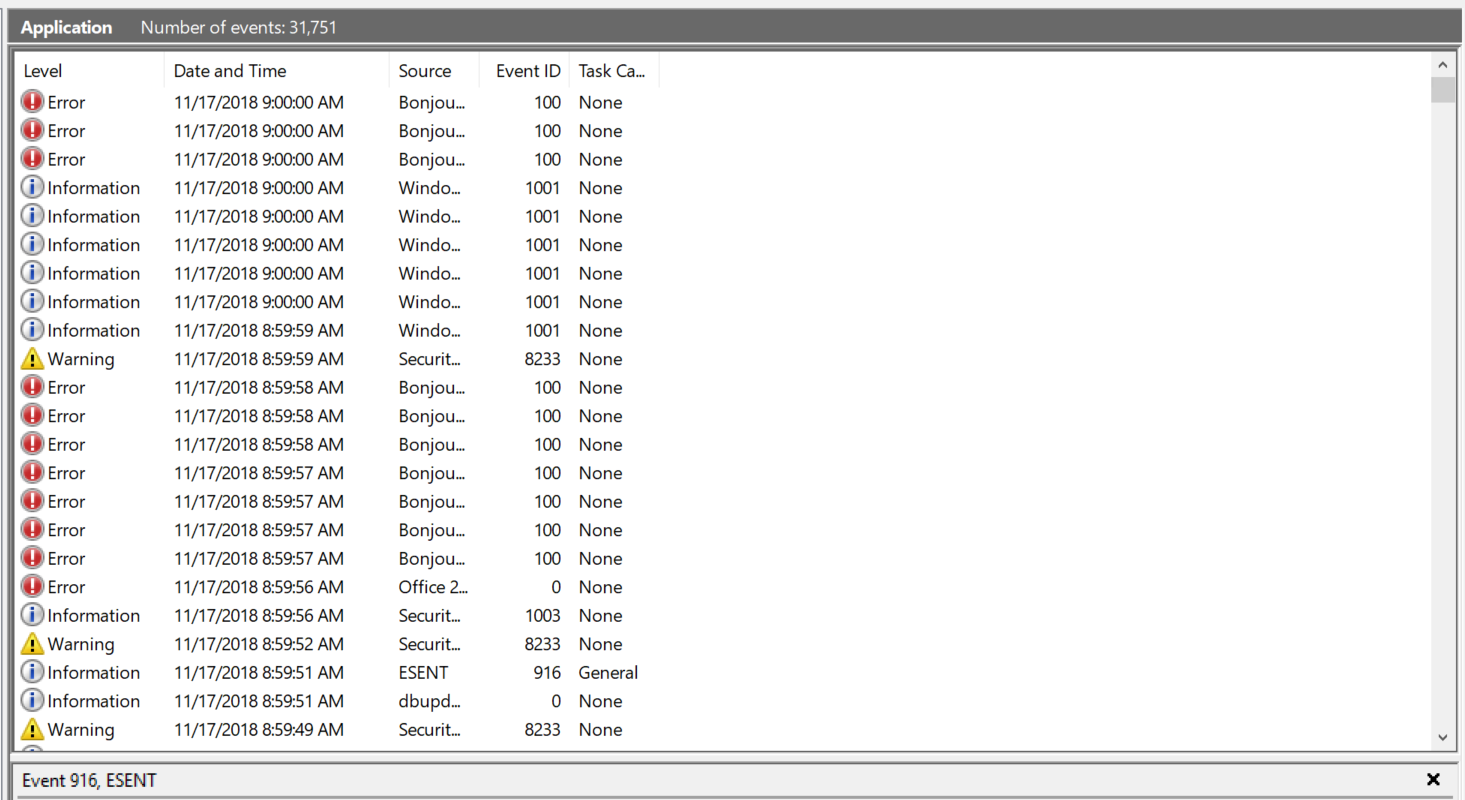Tech Support Scams are becoming a real problem. Each week I hear of people paying anywhere from $200-$800+ for tech support and not getting anything from it. Today I’ll expose the ways tech support scammers trick their victims so that you can avoid being caught. Here are the six best ways to spot a Tech Support Scam.
1. They Call You
If a Remote Support Technician calls you to convince you there is a problem with your computer, or that it is infected you should hang up. The Caller ID for the phone call might even make it seem like a legit call, but it isn’t. Unless you have an active arrangement with a Tech Support company like Y-Not Tech Services’ Managed Services, there is no way for them to know about issues on your computer (and even then, only the company you have an agreement will have any legitimate information about your system). They are just assuming that your computer isn’t running at 100%.
2. They Claim to be From Microsoft
Or Dell or HP or IBM or Apple or any other big company they hope will sound official enough to get into your computer. Microsoft will not call you. Let me repeat that: Microsoft. Will. Not. Call. You. Tech Support Scammers will try to sound official by pretending to be from respected and well-known corporations. This is often enough to convince unsuspecting victims to give them access to their computer and hand over their credit card information for the “needed” repairs.
Some common titles they are known to use include:
- Windows Tech Support
- Windows Support Center
- Microsoft Tech Support
- Microsoft Support
- Dell Technical Support
That list is in no way exhaustive, but those are some of the most common ones and can give you a good idea of what to look out for.
3. They Try to Confuse and Scare You
The scammers will often show you error logs in your computer in an attempt to scare you. They might walk you through some steps on your computer to pull up an error report. This report is very real, but it takes some training to understand what you’re seeing and it is meant for Technicians to use. To the untrained eye, it can look like your PC is about to implode and the Tech Support Scam artists will often use this or other things to confuse you. Take a look at the Error Log below and you’ll see a lot of errors and warnings, but that doesn’t mean the computer it was found on is in need of hundreds of dollars of over-the-phone tech support.
4. Warnings, Websites or Popups Have Misspelled Words or Poor Grammar
Often times (maybe even most times) the tech support scammer will not use English as their native language. This will lead to spelling and grammar mistakes in the warnings and popups that might appear. Of course, any of us can make these mistakes, but it is a common trait of these issues to have a lot of language problems. Another reason for this symptom is that scammers are going for quantity over quality and pushing out as many popups and websites as they can as quickly as they can. Many of them will get taken down so it’s more important for the scammers to get them out in front of eyes than spend time proofreading. Read things carefully and use spelling and grammar mistakes as a red flag.
5. They Send You to a Website to Grant Access to Your Computer
Tech Support Scammers will have a website set up and ask you to go to it. Once there they will have you grant them access to your computer. The process the scammers use to gain access to your computer is virtually the same as what legitimate Tech Support companies use. Y-Not Tech Services offers Remote Tech Support to our clients and to get connected we direct clients to ynottechservices.screenconnect.com – The take away here is to never let someone you don’t trust access your computer. That includes the tech support scammers that call you and try to convince you to allow a connection, but also companies you find through searching Google or Bing. If something feels off about it, don’t allow access to your computer.
6. They Use Search Ads to Be Seen
At the top of every Google Search Result, you will see advertisements. These are noted by the word AD in a little box next to the result. Tech Support Scammers will pay for these ads so that they are the first thing you see when you search for a problem you’re having. Often they will combine this tactic with number 2 above and pose as a company they aren’t.


 I had a client have problems with his Canon Printer so he searched for “Canon Printer Troubleshooting” and clicked on one of the top results (an ad). It took him to a page that looked like it was from Canon. He called the number on the page and they told him they were from Canon, got him to give them access to his PC remotely and caused all kinds of problems including charging him $200 for a made up software solution. Always check the URL (website address) of sites you visit. This site looked and claimed to be an official Canon site, but the URL didn’t reflect that at all. Canon’s website is www.canon.com, and most companies have a simple URL like that. I make it a general rule to scroll past the Ads at the top of each Google search result and go straight to the organic results.
I had a client have problems with his Canon Printer so he searched for “Canon Printer Troubleshooting” and clicked on one of the top results (an ad). It took him to a page that looked like it was from Canon. He called the number on the page and they told him they were from Canon, got him to give them access to his PC remotely and caused all kinds of problems including charging him $200 for a made up software solution. Always check the URL (website address) of sites you visit. This site looked and claimed to be an official Canon site, but the URL didn’t reflect that at all. Canon’s website is www.canon.com, and most companies have a simple URL like that. I make it a general rule to scroll past the Ads at the top of each Google search result and go straight to the organic results.
Avoiding Tech Support Scams doesn’t need to be hard or complicated. Keep the above six tell-tale signs in mind and you’ll be able to save yourself some money and frustration.
Need help with scams? Book an appointment today:




